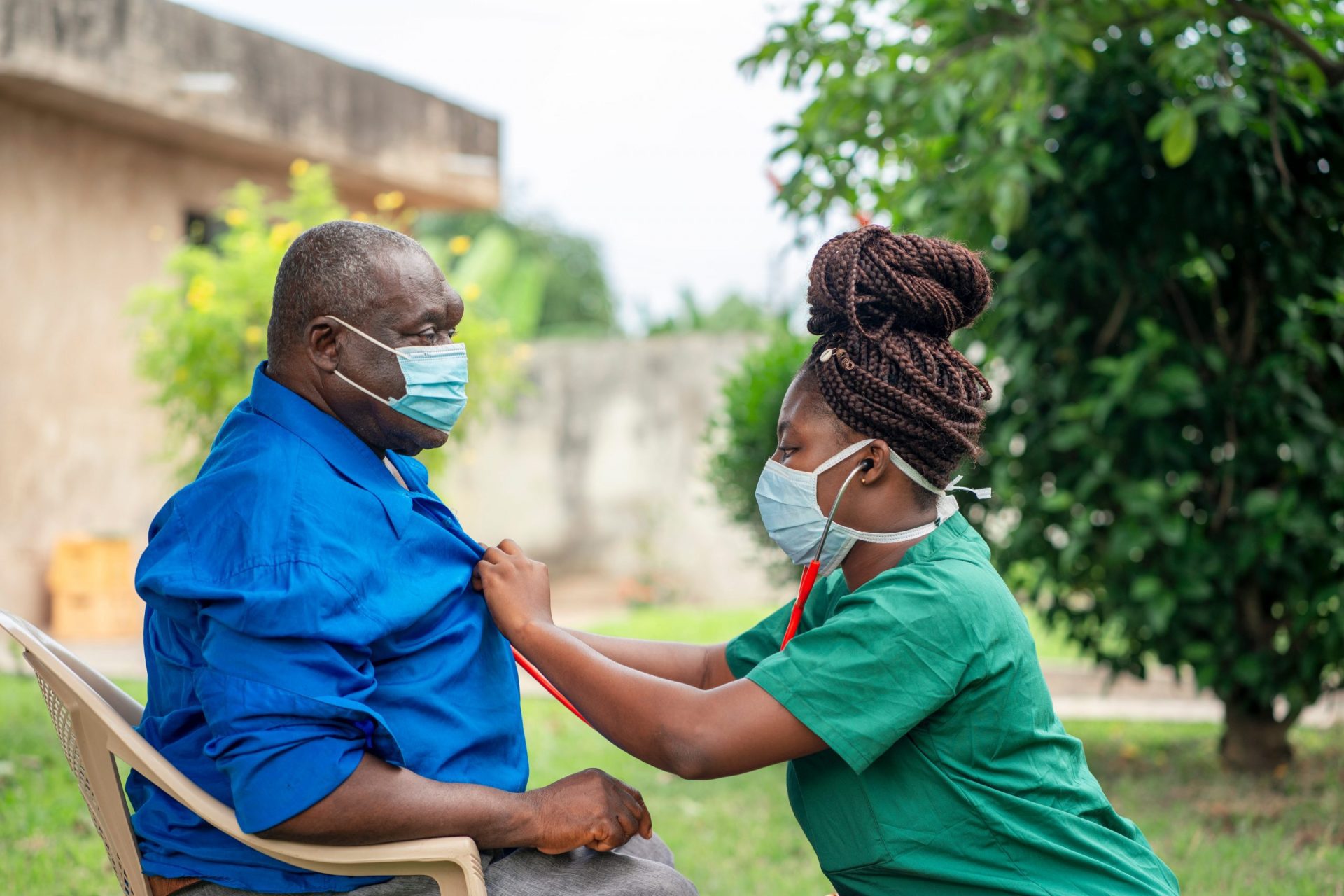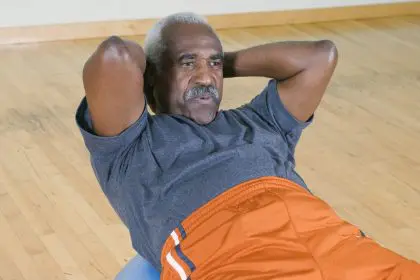Cancer treatment may have found an unexpected partner in the battle against the disease – exercise. Recent research demonstrates how physical activity significantly enhances the effectiveness of certain cancer treatments, potentially transforming care approaches for thousands of patients nationwide.
A recent study examining patients with chronic lymphocytic leukemia (CLL) discovered that moderate to intense exercise, when combined with standard antibody therapy, substantially improved treatment outcomes. The findings suggest that something as accessible as physical movement could dramatically increase the body’s ability to fight cancer cells.
This emerging approach moves beyond traditional views of exercise as merely beneficial for general health. Instead, it positions physical activity as a strategic weapon that works in tandem with medical treatments to create more effective therapy outcomes.
As researchers continue exploring these connections, healthcare approaches may evolve to incorporate structured exercise programs as standard components of cancer treatment plans. The potential implications extend far beyond current understanding, offering new hope for patients facing challenging diagnoses.
The science connecting movement with immunity
- Exercise creates a natural defense boost
The research reveals a fascinating biological mechanism behind these findings. When patients engage in moderate to intense physical activity, their bodies produce significantly more natural killer (NK) cells – specialized white blood cells that target and destroy cancer cells.
Study participants who completed structured exercise sessions experienced a remarkable 254% increase in NK cell activity immediately following their workouts. This surge creates a temporary window where the body’s natural defenses operate at peak capacity.
This immune activation creates an internal environment more hostile to cancer cells. When medications like rituximab (an antibody therapy) are administered during this heightened state, they encounter an immune system already primed for action, enhancing the treatment’s effectiveness.
The immune-boosting effects aren’t limited to a specific cancer type. While this research focused on CLL, the underlying mechanisms suggest potential benefits across multiple cancer varieties, opening avenues for broader applications in oncology care.
- Physical activity improves treatment delivery
Exercise naturally increases blood circulation throughout the body. This enhanced flow serves as an improved delivery system for cancer medications, helping treatments reach their intended targets more efficiently and in higher concentrations.
This improved delivery system means that standard medication doses potentially work more effectively without increasing the amount administered. The result is more powerful treatment without necessarily increasing medication-related side effects.
For patients receiving intravenous therapies, this circulation boost may help ensure medications distribute more evenly throughout the body, potentially reaching cancer cells that might otherwise hide in areas with limited blood flow.
The temporary changes in blood vessel dilation and increased heart rate create ideal conditions for therapies to penetrate tissues more thoroughly. This natural process requires no additional medical intervention, making it an accessible enhancement to existing treatment protocols.
Real-world applications show promising results
- Clinical testing confirms the exercise advantage
The research involved 20 patients with chronic lymphocytic leukemia who participated in structured exercise sessions lasting between 20-30 minutes. Each participant engaged in cycling activities carefully designed to provide cardiovascular benefits while remaining safe for people undergoing cancer treatment.
Blood samples collected following these exercise sessions revealed treatment effectiveness doubled compared to non-exercise conditions. This dramatic improvement occurred without changing medication dosages or types, suggesting physical activity alone created the enhanced outcomes.
The controlled nature of the study allowed researchers to isolate exercise as the primary variable affecting treatment results. This methodical approach provides strong evidence that the connection between physical activity and improved cancer treatment isn’t merely coincidental.
Timing proved crucial in maximizing benefits. Participants who maintained consistent exercise schedules coordinated with their treatment regimens experienced the most significant improvements, highlighting the importance of structured, intentional physical activity rather than random exercise.
- Personalized approaches yield best results
Developing effective exercise protocols for cancer patients requires thoughtful consideration of individual circumstances. The research utilized cycling as the primary activity due to its low-impact nature and adaptability across different fitness levels.
Participants engaged in exercise sessions calibrated to their personal capabilities. This individualized approach ensured each person received maximum benefits without risking overexertion, which could potentially undermine treatment progress.
Exercise timing was strategically planned to coincide with treatment schedules, creating synergy between physical activity and medical interventions. This precision timing maximized the immune-boosting effects when they would most benefit treatment outcomes.
Each exercise regimen considered the patient’s overall health condition, treatment side effects, and baseline fitness level. This personalization proved essential in creating sustainable programs that patients could maintain throughout their treatment journey.
Future implications for cancer care
- A new standard of treatment emerges
This research signals a potential shift in how the medical community approaches cancer treatment. Rather than viewing exercise as merely complementary, it may become recognized as an essential component that directly influences treatment success.
The findings open doors for exploring similar benefits across different cancer types. While this study focused specifically on chronic lymphocytic leukemia, the underlying mechanisms suggest potential applications for breast, lung, colorectal, and other common cancers.
Future research will likely explore how different exercise types, durations, and intensities affect various cancer treatments. This refinement process will help develop more precise protocols tailored to specific cancer diagnoses and patient populations.
Long-term studies will examine how integrating exercise with cancer therapy influences survival rates, recurrence likelihood, and overall quality of life. These expanded investigations will provide a more comprehensive understanding of exercise’s role in cancer care.
Overcoming implementation challenges
Integrating exercise into cancer treatment plans presents several practical challenges that require thoughtful solutions. Many patients face physical limitations due to their condition or pre-existing health issues that necessitate modified approaches.
Treatment-related fatigue represents a significant barrier for many cancer patients. Creating exercise programs that acknowledge this reality while still providing immune-boosting benefits requires careful balancing of activity and rest periods.
Patient education plays a crucial role in successful implementation. When individuals understand how exercise directly enhances their treatment effectiveness, motivation typically increases despite the challenges of maintaining physical activity during cancer treatment.
Support systems including specialized fitness professionals, physical therapists, and exercise facilities familiar with cancer patients’ needs will become increasingly important as this approach gains wider adoption. These resources provide both expertise and encouragement throughout the treatment journey.
The emerging partnership between exercise and cancer treatment represents one of the most promising developments in oncology research. By harnessing the body’s natural responses to physical activity, healthcare providers may soon offer enhanced treatment outcomes without developing new medications or increasing existing dosages.
This accessible approach puts partial control back in patients’ hands, offering a proactive way to participate in their treatment beyond simply receiving medications. The psychological benefits of this engagement can be significant, potentially improving overall wellbeing during challenging treatment periods.
As research continues expanding on these initial findings, exercise may eventually become as fundamental to cancer treatment as the medications themselves. This evolution would represent a remarkable advancement in how medicine approaches one of humanity’s most persistent health challenges.













